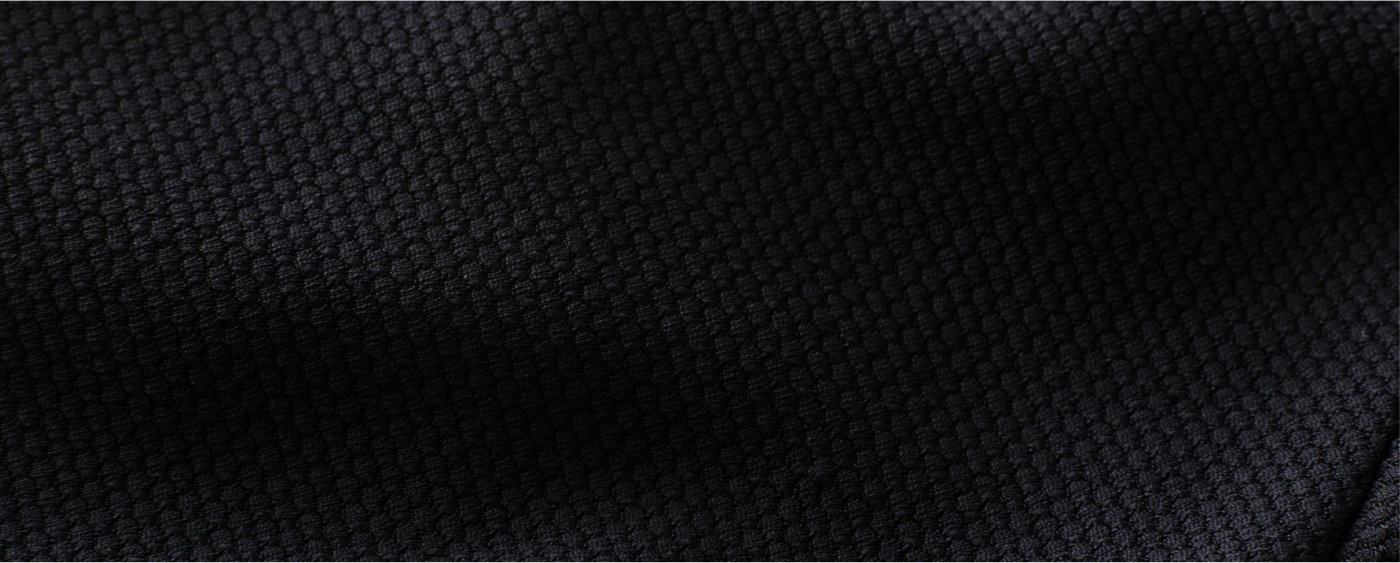- 8236 North 600 West McCordsville, IN 46055
Contact Info
- 8236 North 600 West McCordsville, IN 46055
- info@fabri-tech.com
From Early Wind Indicators to Modern Airport Windsocks: The Evolution to Fabri-Tech Quality
Created at : Jul 7, 2025Origins: The Need to See the Wind
Long before there were airplanes, people relied on simple cloth flags and streamers to read the wind. Sailors, farmers, and soldiers needed to know its direction for navigation, agriculture, and strategy. In ancient China and Japan, wind-revealing banners were common—even decorative windsocks like Japan’s koinobori displayed wind direction in striking form, though they weren’t for safety.
These early tools show that humans have long understood the importance of reading the wind at a glance.
The Birth of Aviation and the Standard Windsock
When powered flight arrived in the early 20th century, wind direction became mission-critical for safety. Early airfields in the 1910s and 1920s needed reliable indicators for pilots. Simple flags gave way to the tapered, conical windsock design that could show both direction and approximate wind speed.
By the mid-20th century, aviation authorities like the FAA and ICAO standardized windsock specifications, defining dimensions, colors, mounting, and visibility requirements. Windsocks became mandatory fixtures on airfields worldwide, their role clear: provide pilots with vital, instantly visible wind information, even as electronic systems advanced.
The Modern Expectation: More Than Just a Sock
Today’s airports demand far more than a piece of cloth tied to a pole. Airport windsocks must endure extreme, constant exposure—24 hours a day, 7 days a week, in blazing sun, freezing rain, high winds, and more.
While some manufacturers still use basic off-the-shelf fabrics, the safety of pilots and crews depends on reliable, durable, standards-compliant windsocks.
Fabri-Tech: Raising the Bar for Airport Windsocks
At Fabri-Tech, we understand the long heritage and mission-critical role of windsocks in aviation—and we’ve built our manufacturing approach to exceed those expectations.
Premium Materials, Purpose-Built
We don’t use standard commodity fabrics like many competitors. Instead, we source custom, top-of-the-line fabrics, specially treated to withstand the harshest elements—including relentless UV exposure that airport installations face 24/7. This ensures long-lasting color, integrity, and visibility.
Superior Construction for Maximum Durability
Our airport windsocks and closures are designed for real-world punishment:
- Double stitching at the throat, tail, and all seams prevents premature failure and extends the service life of the windsock.
- Heavy-duty grommets at the throat or along seamed edges provide maximum strength and secure attachment—even in high wind.
- Heavy duty graded zip ties are included with every windsock for reliable, easy installation on existing frames.
Meeting and Exceeding Standards
Every size we offer is engineered to be fully extended at 15-knot winds, in full compliance with FAA AC 150/5345-27D specifications. You’re not just getting a fabric cone—you’re getting a windsock that delivers precise, reliable wind indication that meets regulatory expectations.
Customization to Match Your Airfield’s Needs
Fabri-Tech also offers customization options for our airport windsocks:
- Sewn-on labels for clear identification.
- One-color logo printing to support branding, facility management, or security requirements.
Why It Matters
From the humble banners of ancient times to the regulated, highly visible indicators on modern runways, windsocks have always been about clarity, safety, and trust.
Fabri-Tech embraces that history while pushing airport windsocks into the future. By combining premium materials, robust construction, and FAA-compliant engineering, we deliver airport products that professionals can rely on—day in and day out, in any weather.
If you want airport windsocks that honor over a century of aviation safety tradition—while meeting modern performance demands—Fabri-Tech is ready to deliver.

